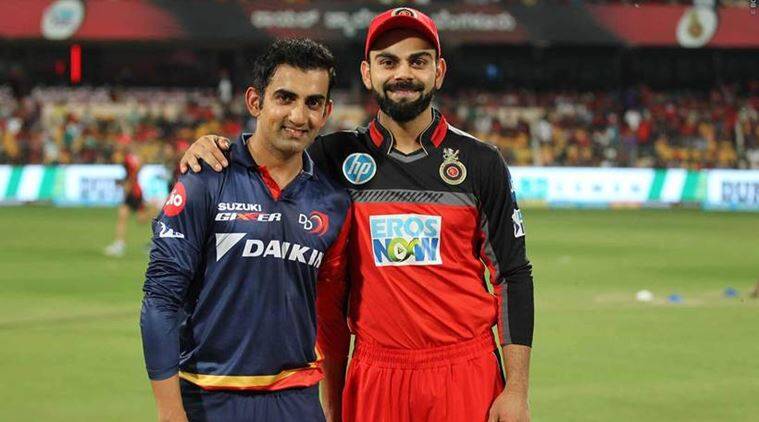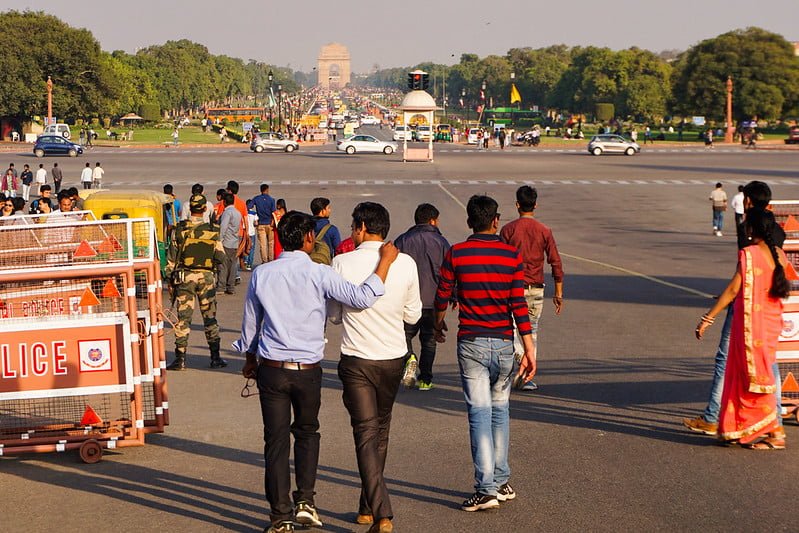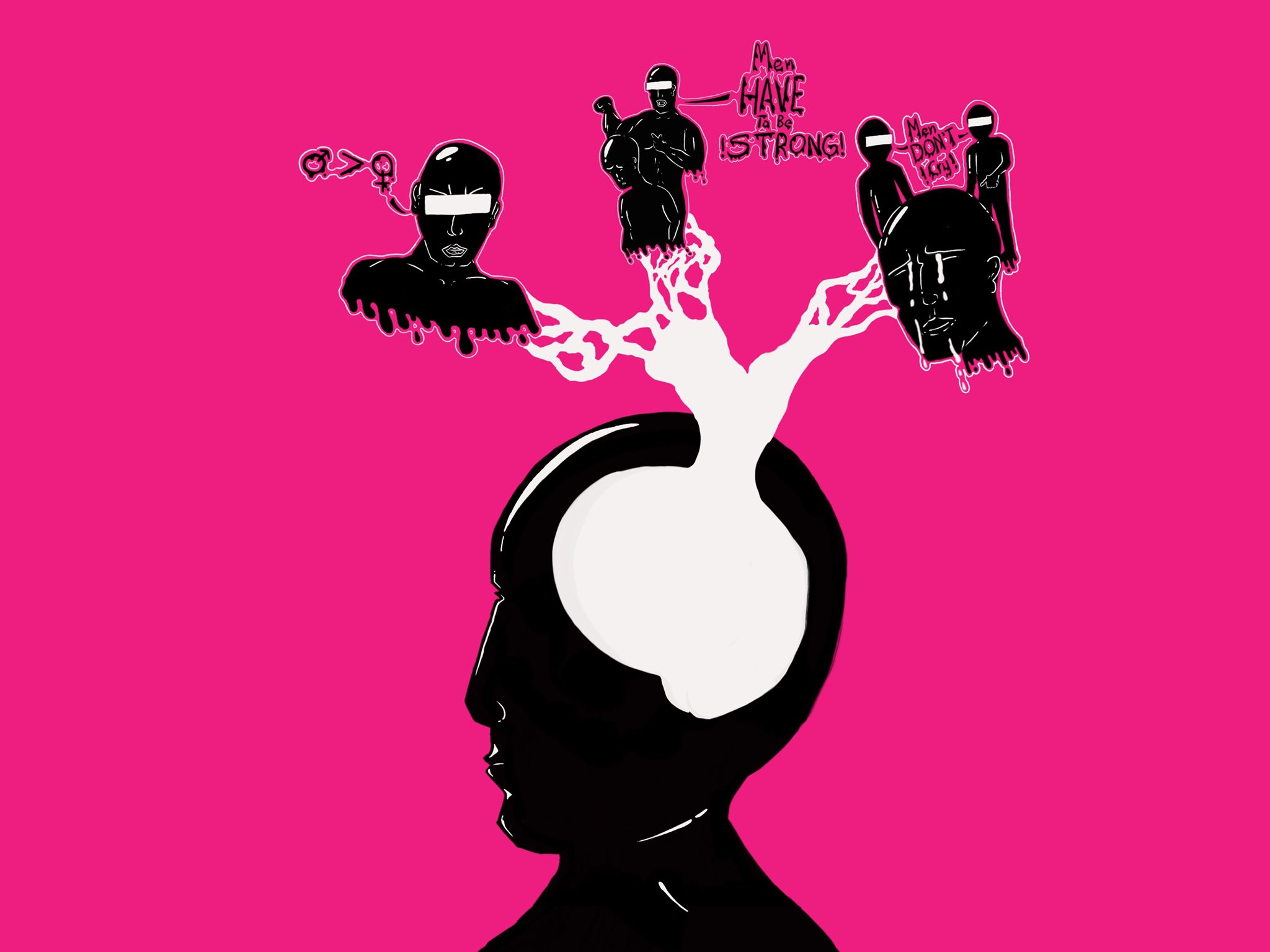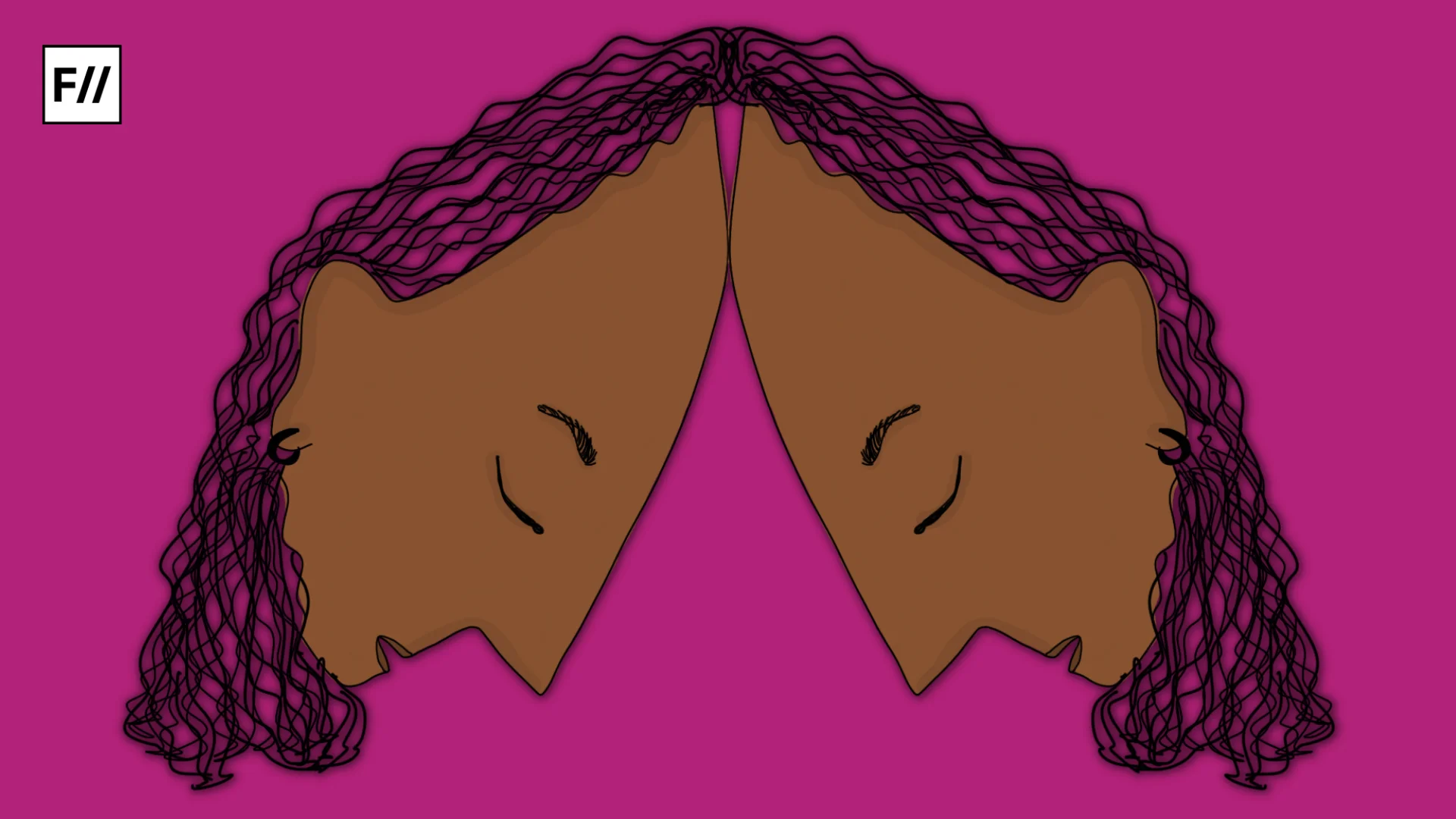Janta hai mera baap kaun hai? (Do you know who my father is?) A rhetorical statement rooted in Delhi’s cultural milieu and bold enough to elaborate the power stratification and varied intersectionality it bolsters.
This phrase remains relevant in the fancy pants of Greater Kailash, Green Park and Friends Colony of South Delhi to the suburbs of Dwarka in West Delhi and the closely knitted NCR regions. It is a colloquial idiom which the readers can hear in the Starbucks of Connaught Place; traffic signals of Dhaula Kuan; pan ki tapris of the South and North campus of DU- precisely everywhere in Delhi.
As a critical insider, I could vouch to my readers that most of us Delhites carry the aforementioned phrase as a badge of honour- as from childhood, we are being force-fed to believe that socially, politically and culturally, Delhi manifests the power- and only those survives in this cosmopolitan hub who knows how to facade and hyperbole it.
It hardly matters whether, in reality, an individual in Delhi belongs to a specific elite coterie or not; the power-centric metaphor is used by one and all as a Kryptonite to stigmatise, bully and humiliate the other person with whom they are in confrontation.
When two iconic and celebrated Delhi lads, Virat Kohli and Gautam Gambhir, recently indulged in a feud (again) in an ongoing IPL tournament- as a Delhi native, I was hardly surprised by the attention and celebration of such boorish behaviour justified as de facto Delhi attitude.
Thereupon, when two iconic and celebrated Delhi lads, Virat Kohli and Gautam Gambhir, recently indulged in a feud (again) in an ongoing IPL tournament- as a Delhi native, I was hardly surprised by the attention and celebration of such boorish behaviour justified as de facto Delhi attitude. However, as a researcher focusing on psychoanalysis, I become curious to understand why this beautiful city of Delhi glorifies this uncivilised emancipation of power. What is its genesis?

Delhi celebrates power
Arguably one of the most incredible 20th-century minds, Slavoj Žižek, a Slovenian philosopher, Lacanian school’s psychoanalyst and cultural critic, argues that power is not just held by those in positions of authority or those who control resources, but it is also an effect of social behaviour and cultural norms, such as gender and racial hierarchy.
Taking notes from Žižek’s thesis, this article would veer from the usual cliché, i.e., Delhi sensationalise power as it is a political epicentre of India. Here, I want to clarify to the readers that I do not deny the impact of politics in establishing a condescending mindset that further constructs power dynamics; however, as mentioned by Žižek, there are other elements, too, such as social behaviour and cultural norms that play a significant role in the formulation of power.

I will use the pragmatic approach in analysing these social behaviour and cultural norms and elaborate on why Delhi celebrates the power and simultaneously make a critical effort to address its genesis.
The answer lies in the data
The horrendous incident of a 16-year-old student from Delhi Public School, Greater Faridabad, who died by suicide after being bullied due to his sexuality sent a shockwave in Delhi NCR last year. In a note, the boy held the school authorities responsible for their insensitive attitude towards his complaints of sexual harassment.
Drawing upon the 2014 Fortis Mental Health Survey report, which collected data from 300 schools in Delhi, it is evident that 61% of the respondents witnessed instances of bullying within the classroom, with 57% believing that bullying is most prevalent among individuals aged 13-17.
The boy’s mother, who was also a teacher at the same school, revealed that her son had a talent for nail art and jewellery design, which became a reason for him being targeted and bullied. Despite multiple complaints of harassment, the school reportedly failed to take any action and instead blamed the boy for causing unnecessary trouble to the teachers- precisely, alienating the victim to take such a drastic step.
Regrettably, the lack of sensitivity towards marginalised identities has become normalised in the Delhi NCR area, with educational establishments such as schools serving as its genesis. Drawing upon the 2014 Fortis Mental Health Survey report, which collected data from 300 schools in Delhi, it is evident that 61% of the respondents witnessed instances of bullying within the classroom, with 57% believing that bullying is most prevalent among individuals aged 13-17. Intriguingly, this phase of adolescence marks a crucial period of social development, wherein individuals begin to appreciate cultural aspects and demonstrate a desire to comprehend solidarity and sensitivity without scepticism.

However, the survey presents a concerning image of acceptance and glorification of bullying within Delhi NCR schools, devoid of an effective framework to address the psychological well-being of teenagers who, having been subjected to bullying, are compelled to either suppress their individuality or become complicit in Delhi’s bullying culture. Consequently, this binary results in the erosion of spaces for sensitivity, empathy, and genuine understanding, with Delhi epitomising all the negative characteristics usually associated with a toxic alpha male.
Virat Kohli and Gautam Gambhir have achieved remarkable success as representatives of India, particularly Delhi, and their accomplishments have instilled a sense of pride in the people of Delhi. Their success is seen as shared victories for all Delhi residents, and we all feel their setbacks. However, it is essential to address and critique the celebration of their boorish behaviour on the field as if it were indicative of Delhi’s culture.
Hence, it wouldn’t be wrong to argue that appreciation towards social behaviour like bullying since early years has played a significant role in making Delhi and its people believe that to be a cut above the rest, they have to hyperbole power, and bullying helps them to achieve that. As a result, romanticisation and empathy became taboo in Delhi, and bravado and machoism became acceptable norms.
What Delhi needs to celebrate, and what does not?
Virat Kohli and Gautam Gambhir have achieved remarkable success as representatives of India, particularly Delhi, and their accomplishments have instilled a sense of pride in the people of Delhi. Their success is seen as shared victories for all Delhi residents, and we all feel their setbacks. However, it is essential to address and critique the celebration of their boorish behaviour on the field as if it were indicative of Delhi’s culture.

Instead, we should view and celebrate Delhi’s socio-cultural landscape through a different lens. Considering the character of Sanjay, portrayed by Amol Palekar in Basu Chatterjee’s 1976 movie “Choti Si Baat.” Sanjay, a resident of Delhi in the 70s, does not resort to offensive language, racism, or sexism towards people from outside Delhi. He does not engage in bullying to assert his power. Despite this, Sanjay is celebrated in Chatterjee’s portrayal of Delhi.
Hence, by refusing to accept Virat and Gambhir’s IPL feud as an essential representation of Delhi’s culture, we can embrace the qualities of Sanjay and allow empathy and inclusivity to define our city. This way, we prevent the emergence of a Delhi that embodies power alone and instead foster an environment that values compassion and inclusiveness.
About the author(s)
Satkirti Sinha is a Graduate Teaching Assistant and a PhD research scholar in the Performing Arts Department at DMU University, Leicester. His areas of expertise are Performance Theory, Folk Culture, Dalit Theology, Performance Politics, Feminist Theory, Postcolonial Theory, and Sexual Politics.





